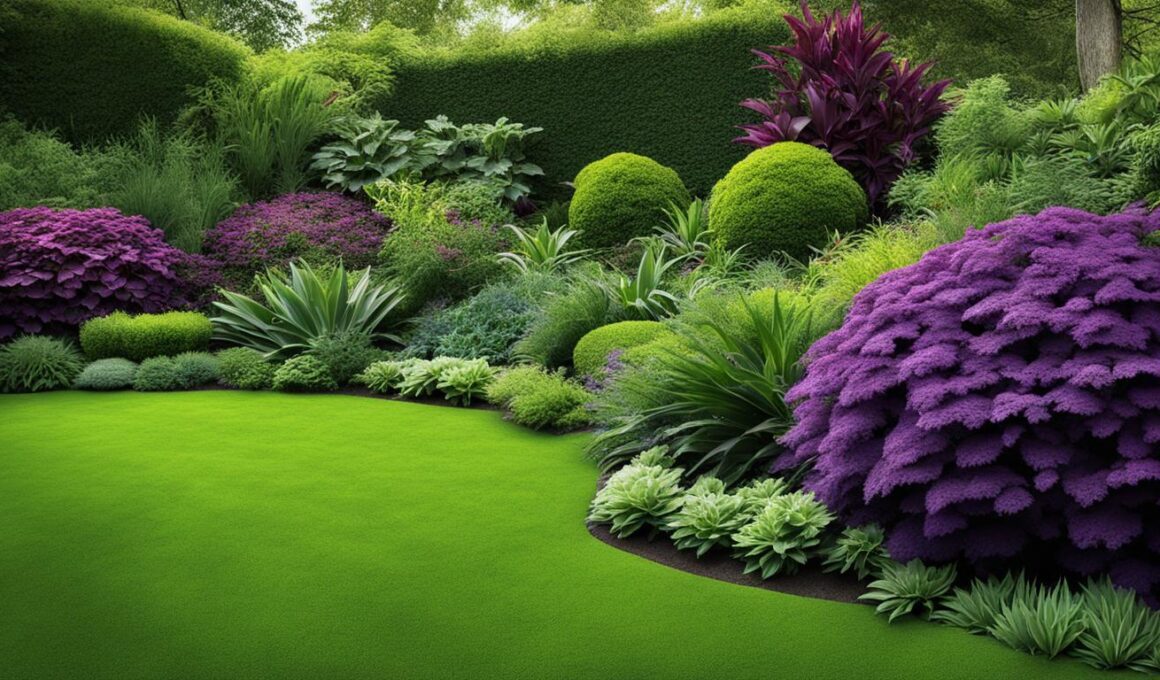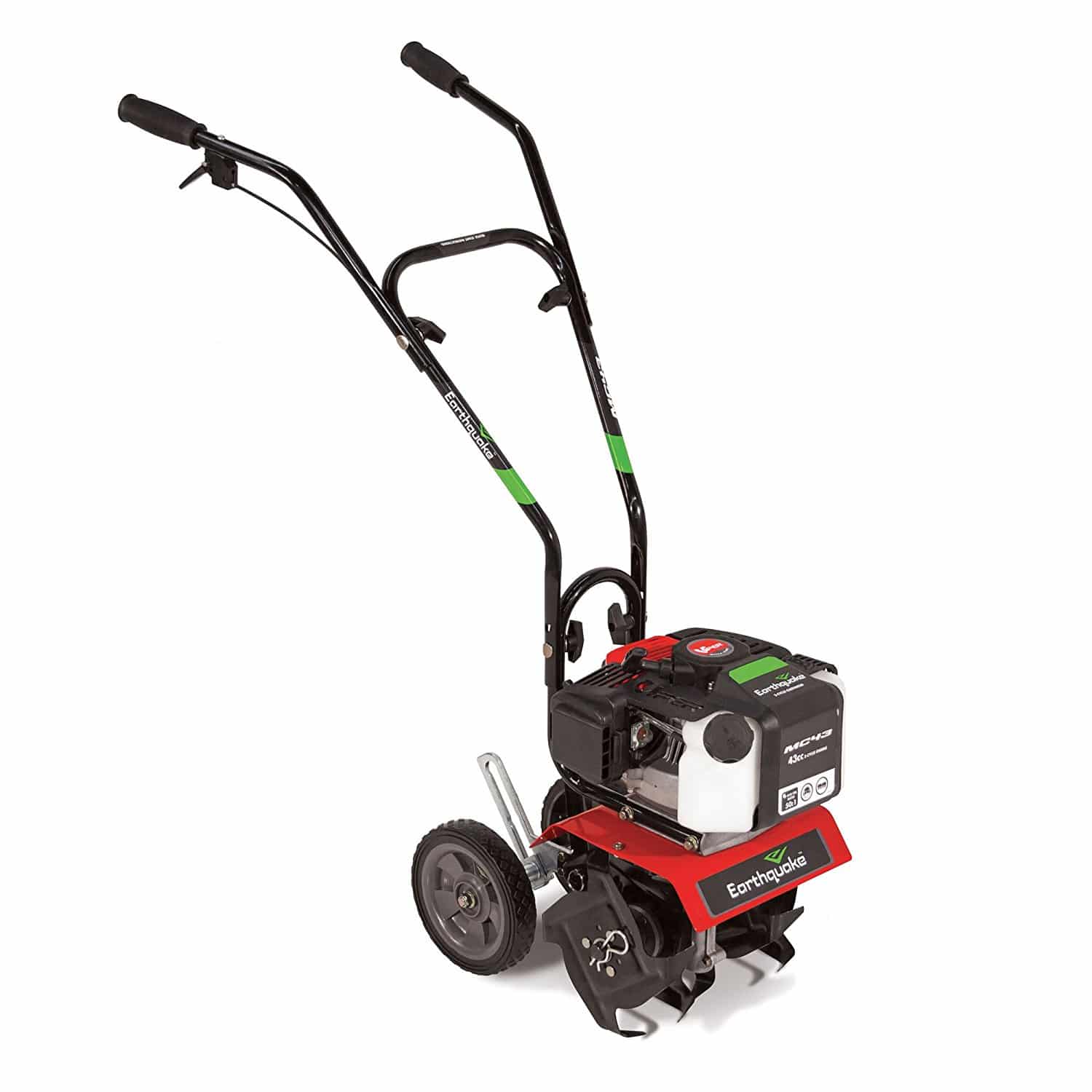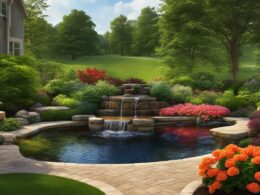Plants with purple and green leaves are captivating and unique additions to any garden or indoor space. They showcase a beautiful color combination that adds vibrancy and visual interest. There are several reasons why some plants have purple and green foliage, including sunlight absorption, temperature regulation, nutrient availability, pest deterrence, and aesthetic appeal. Let’s explore some popular plants with purple and green leaves.
Purple and green leaf plants offer a unique and captivating allure to any garden or indoor space. Their vivid and diverse foliage adds a pop of color and visual interest. Whether you’re looking to enhance your indoor decor or create a colorful outdoor garden, these plants are an excellent choice. In the following sections, we will explore indoor and outdoor options to help you incorporate plants with purple and green leaves into your space.
Purple-Leafed Indoor Plants: Adding Elegance to Your Home
Indoor plants with purple leaves are excellent choices for adding elegance and an exotic touch to your home decor. The vibrant purple foliage of these plants creates a striking visual contrast against the greenery of other indoor plants, making them stand out as unique and eye-catching additions to any space.
One popular option is the Purple Shamrock (Oxalis triangularis), which features distinctive triangular-shaped leaves that can be deep purple or maroon in color. This plant not only adds a splash of rich color but also has delicate pink flowers that add an extra layer of beauty.
Another great choice is the Persian Shield (Strobilanthes dyerianus). It has large, lance-shaped leaves that are iridescent purple or silver with green veins, creating a mesmerizing effect. This plant is sure to catch the attention of anyone who enters your home.
If you’re looking for a plant with a touch of luxury, consider the Purple Velvet Plant (Gynura aurantiaca). Its lush, velvety leaves have a vibrant purple hue on the underside, creating a plush and dramatic effect. This plant is not only visually stunning but also easy to care for, making it a perfect choice for indoor gardening enthusiasts of all levels.
Keep in mind that these purple-leafed indoor plants thrive in different USDA zones, so it’s important to choose the one that is suitable for your area. Place them in well-lit areas of your home, away from direct sunlight, to maintain their vibrant foliage and keep them healthy.
Benefits of Purple-Leafed Indoor Plants
In addition to their visual appeal, purple-leafed indoor plants offer several benefits. Their colorful foliage can create a calming and soothing atmosphere in your home, helping to reduce stress and improve overall well-being. These plants also help purify the air by removing toxins and releasing oxygen, enhancing the air quality and creating a healthier indoor environment.
How to Care for Purple-Leafed Indoor Plants
To ensure the health and longevity of your purple-leafed indoor plants, provide them with the right care:
- Water your plants regularly, allowing the soil to dry out slightly between watering sessions.
- Place them in well-draining pots to prevent root rot.
- Keep them away from cold drafts and extreme temperature fluctuations.
- Provide indirect sunlight or bright, filtered light for optimal growth.
- Fertilize your plants during the growing season to support their vibrant foliage.
With proper care and attention, your purple-leafed indoor plants will thrive and continue to add elegance and beauty to your home for years to come.
Purple-Leafed Outdoor Plants: Enhancing Your Garden with Colorful Foliage
If you want to enhance your garden with colorful foliage, consider purple-leafed outdoor plants. These stunning plants add a vibrant touch to your outdoor space and create a visually appealing environment.
Purple Heart Plant (Tradescantia pallida)
The Purple Heart Plant is a remarkable succulent-like plant with deep purple elongated leaves. Its unique color and shape make it a standout in any garden. This plant is drought-tolerant and thrives in full sun or partial shade, making it a versatile option for various gardening conditions.
Wandering Jew (Tradescantia zebrina)
The Wandering Jew is a popular houseplant known for its green leaves with distinct purple stripes. It is an ideal choice for outdoor gardens as well, especially in mild climates. This plant is easy to grow and requires moderate watering and indirect sunlight. Its trailing stems also make it suitable for hanging baskets or as ground cover.
Rose-Painted Calathea (Calathea roseopicta)
The Rose-Painted Calathea features dark green leaves with a lively purple center on the upper side and a deep purple hue on the flip side. This tropical plant adds an exotic touch to any garden and grows best in partial shade with well-draining soil. Its vibrant foliage adds a splash of color and creates a beautiful contrast in your outdoor space.
These purple-leafed outdoor plants not only enhance the aesthetics of your garden but also provide a sense of tranquility and relaxation. Incorporating these plants into your outdoor space allows you to create an inviting and colorful environment for both yourself and your guests. Remember to choose the plants that are suitable for your specific USDA zone to ensure optimal growth and beauty in your garden.
How Do Plants with Purple and Green Leaves Differ from Aquatic Plants like Lotus and Water Lily?
Plants with purple and green leaves differ from aquatic plants like lotus and water lily in several ways. While the former are terrestrial and can survive in a variety of soil conditions, the latter need to be submerged in water to thrive. Understanding aquatic plant differences helps in creating suitable environments for their growth.
Conclusion: Embracing the Allure of Purple and Green Leaf Plants
Purple and green leaf plants have an undeniable allure that adds a touch of charm and vibrancy to any garden or indoor space. Their vivid and diverse foliage, with its beautiful combination of purple and green hues, instantly catches the eye and brings a burst of color to your surroundings.
But the benefits of these plants go beyond their aesthetic appeal. Incorporating purple and green foliage plants into your garden or indoors can provide numerous advantages. They can act as natural air purifiers, releasing oxygen and filtering harmful toxins from the air. They can also create a calming and relaxing atmosphere, promoting a sense of well-being in your living space.
Whether you choose to include indoor options like the Purple Shamrock or Persian Shield, or opt for outdoor choices like the Purple Heart Plant or Wandering Jew, there is a wide variety of purple and green leaf plants to suit your preferences and gardening skills. Embrace the allure of these plants and enjoy the benefits they bring to your environment.









